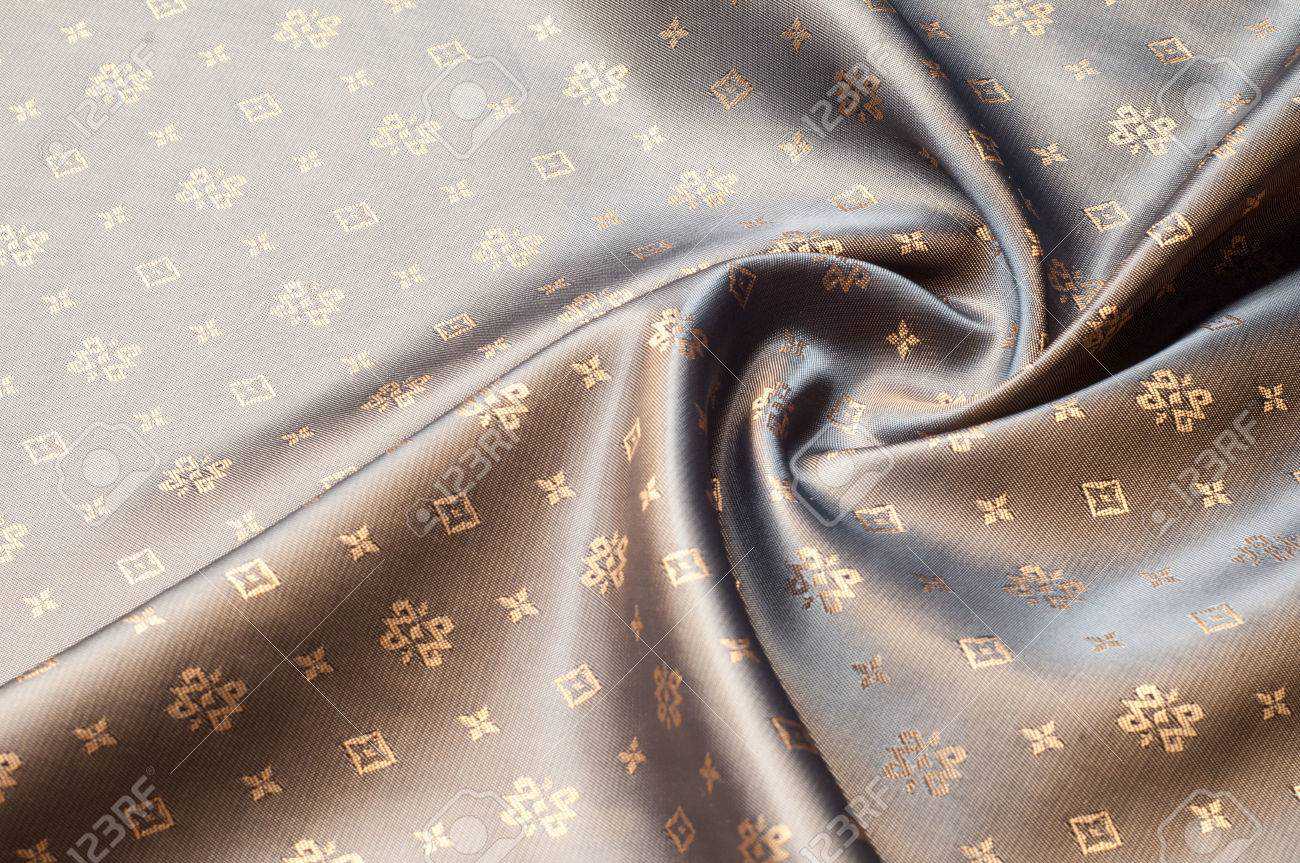Silk Fabric: Luxury Fabric

Image collected
Silk is considered as one of the most luxurious fibres renowned across the world. Silk has a remarkable place in the human history as well, starting at China at some point of the 3rd Millennium BCE, to present. Let us embark on the exquisite journey to delve into the mystery of this fibre that mesmerized men from all era.
An Illustrious Past
Silk is a natural fibre, like cotton. Whereas cotton is derived from plant sources, silk is produced by insects. What many don’t know, is that many insects are capable of producing silk, however not all are used for human use. The most well-known insect for silk production is the mulberry silkworm Bombyx mori. The art and science of keeping silkworm in captivity to produce silk is called Sericulture or silk farming.
At the time of discovery, it was seen that the cocoon of silkworm consisted of nearly 1,000 yards of thread. It could be reeled off, spun and woven into fabric. This discovery allowed the art of silk farming to become an important factor in Chinese economy. There is even a Chinese legend that says it was ‘Huangdi’, the wife of China’s mythological Yellow Emperor, who started teaching the art. Archeologists found examples of damask weaving, brocade, gauze and embroidered clothes in the tombs of 4th-3rd centuries BCE. During the Song dynasty, a small loom to weave fine silk tapestries were believed to have been developed.
During the later Han dynasty, silk had become a major industry. This is when the caravan route across Central Asia known as Silk Road, started to take Chinese silk to Syria, and from there, to Rome. Silk from this time had been found Egypt, in Mongolia, and at Chinese Turkistan. This silk was used by the Chinese rulers as diplomatic gifts.
During Ming and Qing dynasty, the silk fabric was adorned with fine craftmanship. Woven among the textile patterns were flowers, dragons, as well as geometric motifs in the background. This silk was made into various types of dress and robes.
As the art of silk flourished in China, it also disseminated elsewhere in time. Legend says, sericulture had arrived in India around 140 BCE. By the 2nd century CE, India was shipping its own raw silk as well as silk cloth to Persia. A few centuries later, Japan had gone down the same route. Persia became a route for silk trade between the East and West around 247 BCE-224 CE. Crafts related to silk, such as dyeing and weaving developed in Syria, Egypt, Greece and Rome. However, the sericulture itself largely remained a secret of Asia at this time.
Asia’s monopoly with silk had to have stopped at some point. Around 550 CE, two Persian monk living in China smuggled silkwoms to Constantinople (now Istanbul) in the hollows of their bamboo cane. From there, silk culture flourished in Europe for many centuries till 1854, when a devastating silk plague appeared. Louis Pasteur studied the disease and developed a means of control, but by then the French silk industry had collapsed. In the aftermath of World War II, man-made fibres such as nylon greatly reduced silk industry. But even now silk has remained an important luxury product of China, Japan, South Korea and Thailand.
Incidentally, aside from being a producer, India is the largest consumer of silk in the world. The tradition of wearing silk sarees for various festivities is custom all across the country. Silk is considered to be a symbol of royalty here.
The prominent type of silk well known in Bangladesh is Rajshahi silk. Around 13th century, the production of silk started in the country. Back then it was known as Bengal silk or Ganges silk. The government of Pakistan started silk production in Rajshahi in 1952. Rajshahi silk is like all other kinds of silk made from the cocoons of silkworms. There are three varieties, Mulberry silk, Eri (Endi) silk and Tassar silk. Saree made from Rajshahi silk is highly popular all over Bangladesh.
From Cocoon to Cloth
The process of silk forming from silkworms is intricate. It starts from the female silk moth laying eggs, as many as 300 to 500. These eggs hatch to form larvae or caterpillars. These are known as silkworms. Silkworms are fed mulberry leaves. After going through growth and moulting several times, this caterpillar extrudes a silk fibre and forms a net to hold itself. The caterpillars’ saliva comes in contact with air and forms the silk thread. About one mile of thread and 3-4 days later, the silkworm is encased in a cocoon of silk. However , the amount of usable silk in each cocoon is small. After this process is complete, the intact cocoons are boiled. It kills the pupa of silkworm within. The cocoon is brushed and the silk is wound onto a reel. The silk at this stage is known as raw silk. To produce just 1 kg of silk, 104 kg of mulberry leaves must be eaten by 3000 silkworms. Due to this, the environmental impact of silk is often debated. As silkworm pupa are killed to obtain silk, animal rights activists are also against sericulture.
The Allure
Despite being naturally more expensive than other natural fibres, silk continues to be of high demand due to its unique properties. Silk has a smooth, soft texture but unlike many synthetic fibres, it is not slippery. It has a natural shine. Moreover, it is one of the strongest natural fibres. It’s absorbency makes it comfortable to wear in warm weather and even while active. On the other hand, its low conductivity keeps warm air close to the skin during cold weather. Aside from making fashionable clothing, silk is also excellent as clothing that protects from biting insects such as mosquitoes and horseflies. Fabrics that are often made from silk include charmeus, habutai, chiffon, taffeta, crepe de chine, dupioni, noil, tussah and shantung.